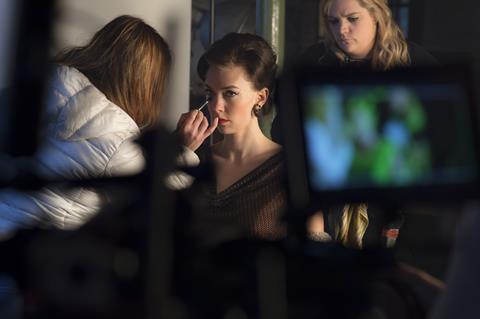
The UK industry is breathing a cautious sigh of relief as the draft legislation of the reforms to the audio-visual creative tax reliefs published by the UK government on July 18 contained no surprises, according to accountants and sources at the British Film Institute (BFI) which administrates the relief.
The impact of the audio-visual expenditure credit (AVEC) for film and high-end TV and video games expenditure credit (VGEC) system will mostly be felt by accountants, according to Dave Morrison, an accountant and tax specialist at Nyman Libson Paul specialising in film.
“For the accountants making the claims, there are procedural changes that we will need to embrace and train our staff to do but other than that it is as expected,” Morrison explained.
An expenditure credit will count as a taxable receipt.
As expected, the credit rate for films, high-end TV and video games will be 34% (equating to 25.5% in actual relief) which is a slight increase compared to the existing schemes. Animation and children’s TV will receive a rate of 39%. However the government has confirmed that to safeguard the new credit regimes, anti-abuse rules will be introduced to prevent abuse of the higher rates of relief for animation and children’s TV.
As reported previously, these changes are intended to protect the creative sector from global tax reform after the UK adoption of the OECD Pillar 2 framework, intended to stop profit shifting to low tax jurisdictions and to prevent aggressive tax planning by multinational companies.
It is not yet clear whether other countries with similar film tax reliefs to those of the UK will make the same reforms to their systems.
A record £6.3bn was spent on film and high-end television (HETV) production in the UK in 2022, up 11.1% on 2021, with the film and tax reliefs a huge attraction.
Timetable
AVEC is due to be phased in at the start of 2024 but productions will still be able to claim relief under the current system until early 2027. A smooth transition is expected - although those working within animation and children’s TV will obviously have an incentive to switch more quickly to the new system to take advantage of the enhanced rates.
The qualifying criteria and other rules for the current audio-visual reliefs will mostly be carried across into AVEC and VGEC unchanged, including the 80% cap on qualifying expenditure. Qualifying expenditure will still be calculated on a cumulative basis.
Under the current schemes, relief is given by way of an additional deduction from profits or surrendering a loss for a tax credit. Under AVEC and VGEC, companies will instead receive an above the line tax credit based on qualifying expenditure. This will be taxable.
AVEC will also introduce a new minimum slot length for high-end TV programmes of 20 minutes, on an episode-by-episode basis, and a definition for documentary programmes.
Qualifying expenditure for both AVEC and VGEC will be the same as the definition used in the current film and TV reliefs — expenditure that is ‘used or consumed in the UK’. The subcontracting cap in place for VGTR will be removed for VGEC.
AVEC is due to start on January 1, 2024. However, film and TV productions that have begun but not concluded principal photography will still be able to claim relief under the current system until March 31, 2027.






















No comments yet